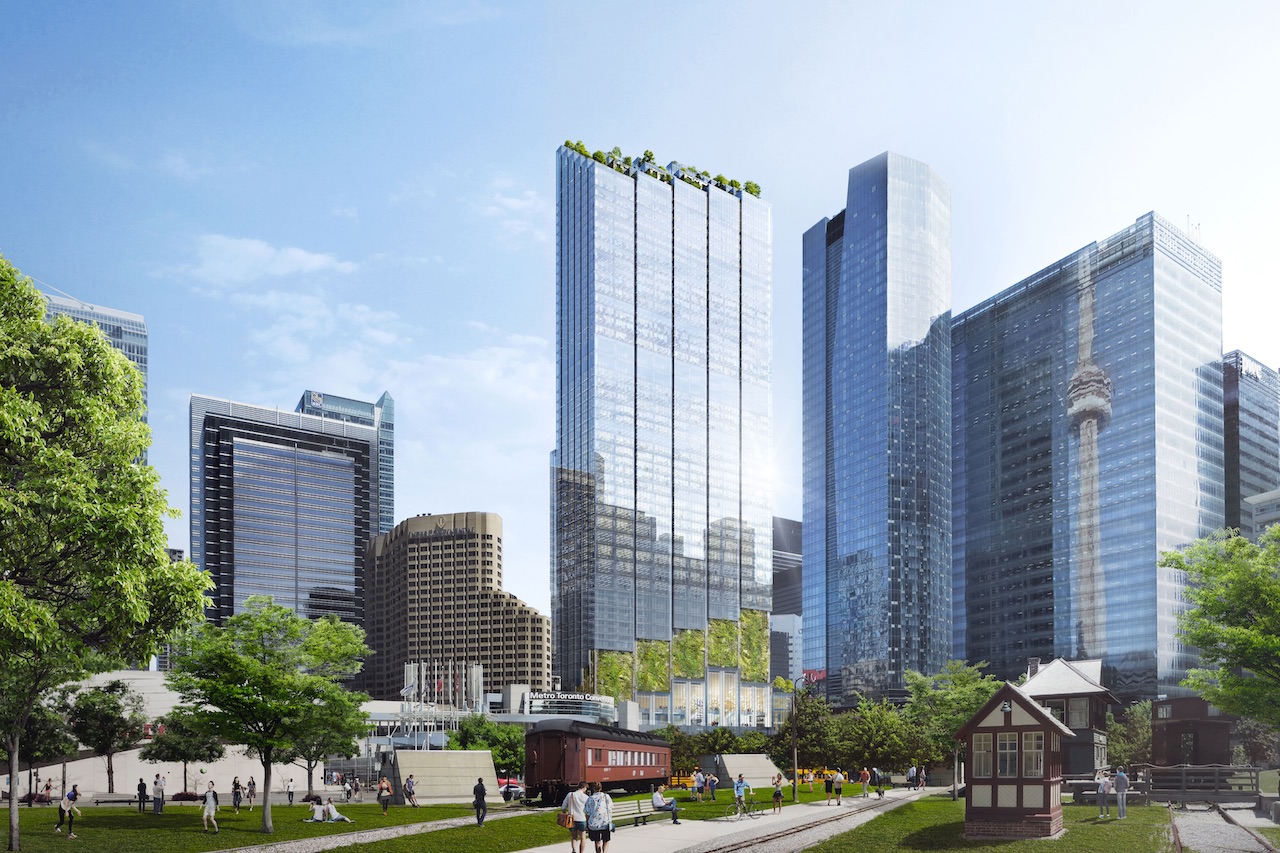There are plenty of scientific reasons why skyscrapers don’t—and probably won’t—have trees, at least not to the heights which many architects propose. Life sucks up there. For you, for me, for trees, and just about everything else except peregrine falcons. It’s hot, cold, windy, the rain lashes at you, and the snow and sleet pelt you at high velocity. Life for city trees is hard enough on the ground. I can’t imagine what it’s like at 500 feet, where nearly every climate variable is more extreme than at street level.
Wind is perhaps the most formidable force trees face at that elevation. Ever seen trees on the top of a mountain? Their trunks bow away from the prevailing winds. That may be the most visible effect, but it’s not the most challenging.
Wind also interrupts the thin layer of air between a leaf and the atmosphere, known as the boundary layer. The boundary layer is tiny by human standards—it operates on a scale small enough that normally slippery gas particles behave like viscous fluids.
For plants, the boundary layer serves to control evapotranspiration, or the loss of gas and water through the tiny pores on a leaf’s underside, known as stomata. In calm conditions, a comfortably thick boundary layer can exist on a perfectly smooth leaf. But plants that live in hot or windy places often have adaptations to deal with the harsh conditions, including tiny hairs on their leaves that expand each leaf’s surface area and thus its boundary layer.
Still, plants in these environments aren’t usually tall and graceful. In other words, not the tall trees we see in architectural drawings.
Next let’s add extreme heat and cold to the mix.
Extreme cold, well, we all know what that does. It can kill a plant by turning the water inside its cells into lethal, crystalline knives. At the other end, hot conditions post a different set of challenges. To cool off, plants can “sweat” by opening their stomata to release water vapor, at least as long as there’s water available. But even then, plants reach a limit.
At certain temperatures, which vary from plant to plant, the photosynthetic machinery inside a leaf starts to break down. Keep in mind these are temperatures on the surface of a leaf, not ambient air temperature.
The surface of a leaf—especially in direct sunlight, as on the unshaded side of a skyscraper—can be many degrees hotter than the air, up to 14 degrees C in some species (nearly 26 degrees F).
Then there are the logistical concerns. How are these trees going to be watered and fertilized? Pruned?
How will they be replaced? How often will they need to be replaced? As someone who grows bonsai, I can tell you that stressed plants require constant attention—daily monitoring, in fact, and sometimes even more frequently. It’s not easy. Growing simple green roofs is a chore, and those plants are chosen for their hardiness and low maintenance. Trees are generally not as well-adapted to the wide range of conditions likely to be experienced on the side of a skyscraper.


